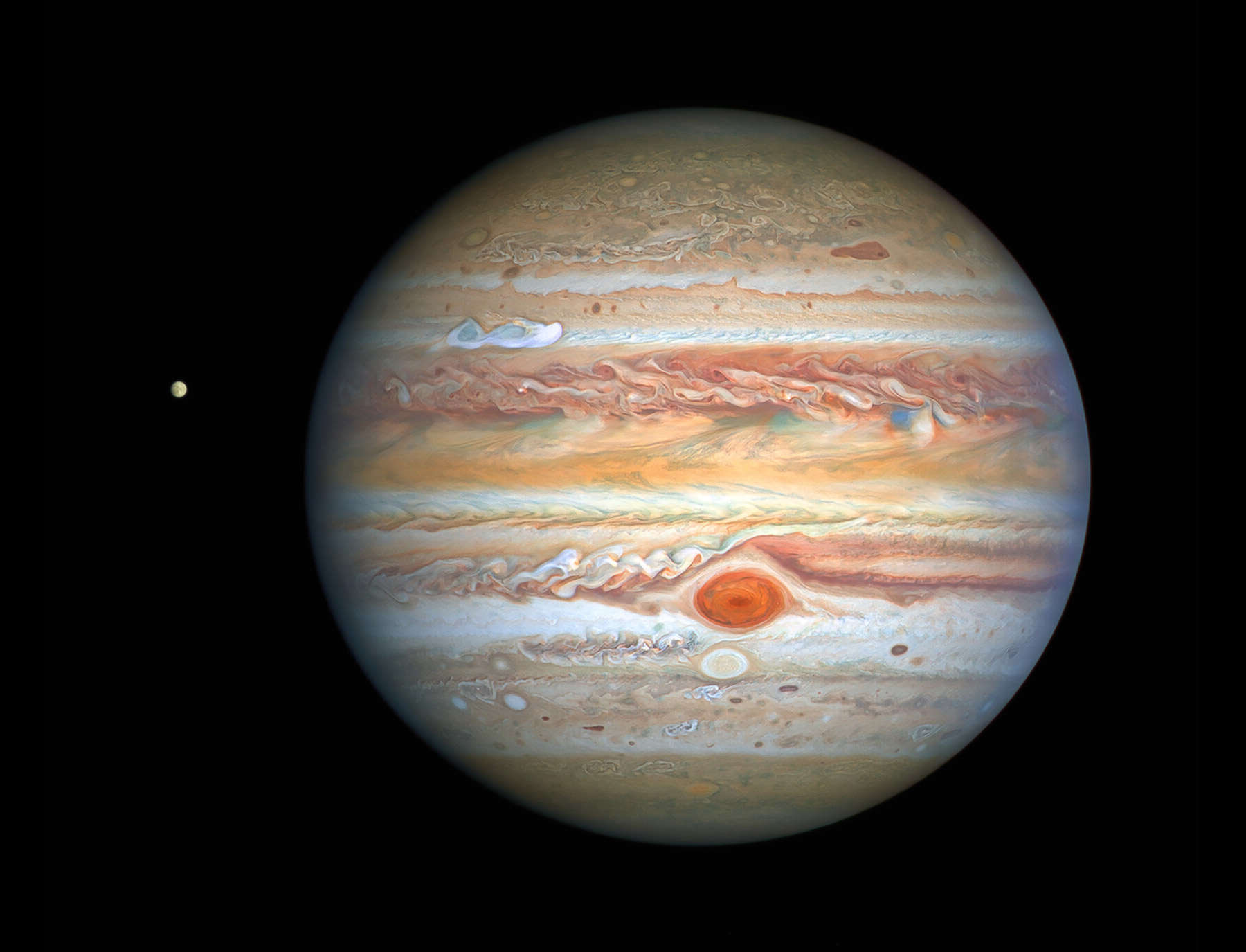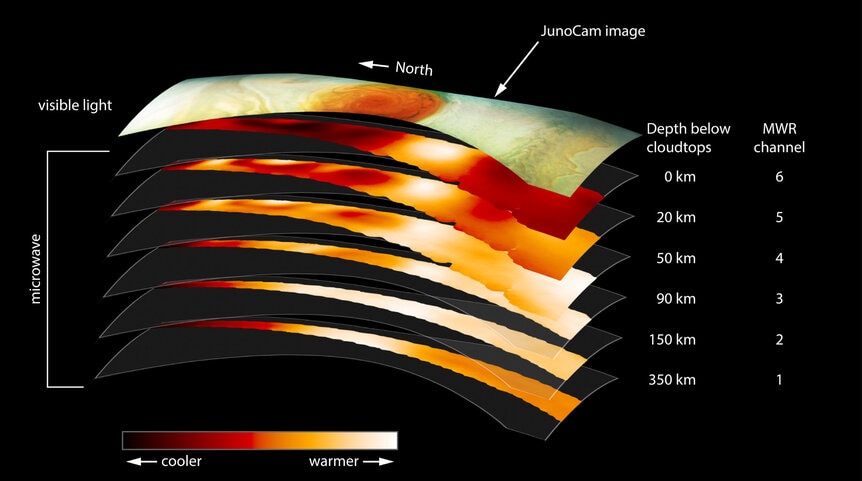Create a free profile to get unlimited access to exclusive videos, sweepstakes, and more!
In Jupiter's Great Red Spot, a wind is rising

Jupiter’s enormous Great Red Spot, a huge elliptical rotating storm that has persisted for centuries (at least!) has been undergoing some weird changes over the past few decades. Its color has changed, and it’s been shrinking, too. Now, new results from 11 years of Hubble Space Telescope observations show that the wind speeds around the Spot have increased significantly, too.
Why? That’s not clear (get used to that phrase). Like so many things about this ridiculously huge maelstrom, it’s not understood why it’s changing.
The Great Red Spot is a persistent high-pressure system — an anticyclone — that may have first been seen as early as the 17th century, though certainly by the early 19th century. Either way it has existed for a long time and may have been around far longer before we noticed from Earth.
It’s not understood what initially caused it to form centuries ago, and to be honest no one really knows why it’s red, either (it has to do with the chemistry of Jupiter’s atmosphere, and scientists just call the color-bearing material chromophores without knowing what they actually are).
It’s definitely shrinking; in the 1970s it was measured to be over 23,000 kilometers in width (enough to fit Earth side-by-side inside it nearly twice) but by 2014 it was only 16,500 km across. Observations from 150 years or so ago imply it was over 40,000 km wide back then, too!
Stop me if you’ve heard this before, but no one knows why it’s shrinking. Astronomers are keeping an eye on it, though. Several in fact, including the orbiting Juno spacecraft which has been taking microwave radiation images to look beneath the clouds and see down to the Spot’s roots.
On Earth — well, a bit above it — Hubble has been looking at the mighty planet every year or so. Scientists looked at observations from late 2009 to late 2020 to see what they can figure out about the Spot.
Measuring its size is easy enough, and yup, it’s still suffering shrinkage. Interestingly, it’s been shrinking more in longitude (longways) than latitude (shortways) — in other words, it’s becoming more circular. It shrank east/west from 15,590 km in 2009 to 12,410 in 2020, but in north/south it’s bounced a bit between 10 and 11,000 km. In 2009 it dipped in size a lot before rebounding a little, too. That coincided with an outbreak of a series of small rotating storms nearby in latitude, but again it’s not certain if the two events have anything to do with each other.
There’s been a change in wind speed, too. There’s a ring of rapid winds that circulates around the outside of the Spot, like a fast lane on a highway around a slower lane. Careful measurement of the Hubble observations of moving patterns in the clouds shows the wind speed in the outer ring has increased from 4 – 8%, depending on how they measure them.
One way they did this was to fit an ellipse to the storm and measure the rotation speed of that. Over the 11 years of observations they see wind speeds in the outer ring increase from roughly 91 to 98 meters per second (328 – 353 km/hour). Another method was to define the center of the storm and then measure rotational wind speeds along radial spokes, like that of a bicycle tire. That method yields slightly higher speeds, from 102 – 107 m/s (367 – 385 km/hr). Either way they see a significant increase in wind speed.
Also, mind you, the fastest hurricane speeds ever measured on Earth were in 1969’s Hurricane Camille, which were just over 300 km/hr.
And, yes, it’s not clear why this is happening. Sometimes wind shear (layers of air moving at different speeds) can affect cyclonic storms, but they don’t see any consistent change in shear over the same time period. It doesn’t seem to be due to temperature changes with depth in Jupiter’s atmosphere, either.
Observations from Earth and in situ are helping scientists understand this colossal storm, but the physics of atmospheric flow is complex, to say the least. It may be decades before the nature of this system is fully understood. One thing is for sure, though: Jupiter doesn’t do anything small.
















